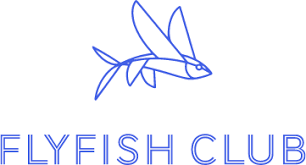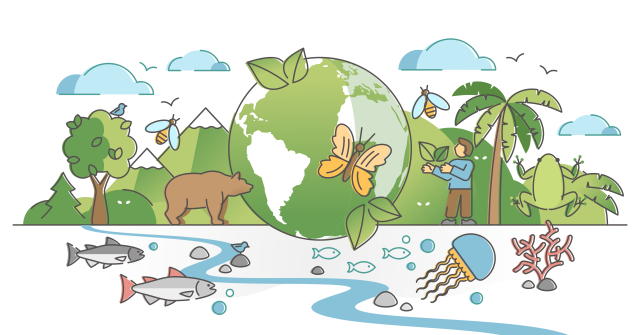The idea of non-fungible tokens is most commonly associated with digital verifiable art. Over the past few years, we have seen a lot of hype around such projects with one of the most successful beings Bored Ape Yacht Club (BAYC). Many celebrities, with excess money, jumped to buy these pictures. Yet, can there be more benefits to owning an NFT than aesthetics and clout?

It often escapes the mainstream that owners of BAYC gain additional perks for owning a piece in the collection such as private online spaces, exclusive merch, and members-only live events. This is only a small by-product of the offering. A project that has taken this a step further is the Full Send Meta Card. This NFT was created by a youtube channel with a large following to strengthen their community. Nelk has completely stripped any Art component of the NFT by making each NFT identical to the other, shifting the focus to solely its utility. Of course, each NFT is still identifiable as it has a unique number on the blockchain.
The Metacard is a virtual entrance card for online and real-life activities, which includes lounges, gyms, festivals, casinos, restaurants, and other activities. It can be viewed as an international verifiable VIP card. In contrast to the promise of unique artwork, it markets utility and community. All the offerings are not yet available to Metacard holders. Consequently, there is more expected value of additional offerings coming in the form of gyms for instance. In addition, the cult-like following of the channel may increase the perceived value of the NFT, as users were willing the mint the NFT for 1.3 Ethereum which would be around 2,000 to 4,000 USD depending on the Ethereum market value.

An even more interesting NFT offering is the FlyFish Club. This project was created by Gary Vaynerchuk, a well-known internet personality and entrepreneur. Contrary to the Metacard, this project has created NFTs for restaurant entrance and managed to raise north of 14 million USD during the minting phase. The core idea of this is to build a strong community around the restaurants where members spend a lot of their free time.

Both the FlyFish Club and Metacard resemble a subscription model but have higher initial revenue from the minting of NFTs. This enables the founders to cover any initial investment costs, which is covered by people buying into the project. It is important to note that many of these projects have a commission built into them. Namely, if someone sells their NFT to another user on the secondary market the creator of the NFT will receive a 10% (can vary) of the sale price. This provides longevity in profits when NFTs change owners. This introduces an interesting twist on the subscription model where the owners earn more the higher the demand for the NFT, as the market price increases, raising their commissions. At the same time, the risk of initial investment is eliminated.
My main concern with such projects is the community they will attract and the monetary risk being transferred to NFT buyers. If you have ever gone out to eat or party you know that the crowd makes or breaks the experience. There is no way of filtering the crowd you attract because you can not control who buys the NFT. This makes the barrier to entry money and fills the entire restaurant with crypto-bros. Secondly, if the restaurant concept fails the market value of the NFT will crash leaving customers holding the bag, and owners still walking away with minting profit.
To conclude I would like to take SOHO house as an example. This is a worldwide restaurant chain that uses a subscription model. SOHO’s offering is focused on community and membership is often a status symbol. One of their major issues was that a large portion of their clientele became finance professionals even though they wanted to cater their product to creatives. I think this illustrates a possible issue with such a model attracting an unwanted crown that can not be filtered out. Luckily, SOHO house was able to manage this issue, but NFT projects cannot take an NFT away from the buyer.
I leave the reader with the question: Do you believe in this model, and what would it take to enable such a project to succeed?
References
Home (2022) Flyfish Club. Available at: https://www.flyfishclub.com/ (Accessed: October 11, 2022).
Wilson, S. and {{author_data.display_name}} (2022) How to get a nelk boys full send metacard for NFT project, HITC. Available at: https://www.hitc.com/en-gb/2022/01/19/how-to-get-a-nelk-boys-full-send-metacard-for-nft-project/ (Accessed: October 11, 2022).
Cryptopedia Staff (no date) What is bored ape yacht club? NFT Collectibles, Gemini. Available at: https://www.gemini.com/cryptopedia/what-is-bored-ape-yacht-club-nft-bored-apes (Accessed: October 11, 2022).


